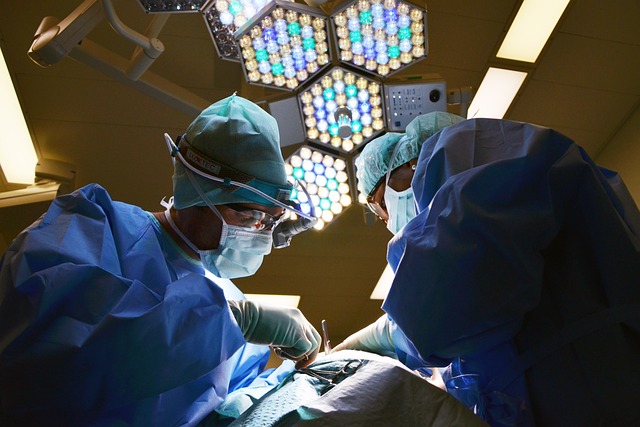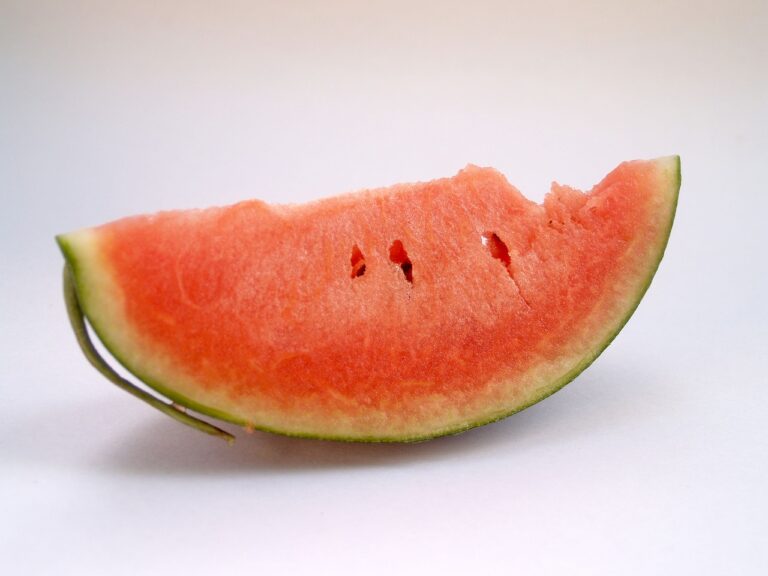The Potential of 3D Bioprinting in Vascular Tissue Engineering
Traditional vascular tissue engineering methods face several challenges that hinder their widespread success in producing functional and clinically relevant vascular tissues. One significant limitation is the inability to create complex vascular structures with precise control over the size, shape, and composition of the tissues. This lack of control often results in the formation of blood vessels that are too small or improperly organized, leading to reduced functionality and integration within the host tissue.
Moreover, the current methods used in vascular tissue engineering often struggle to mimic the intricate microenvironment of native blood vessels, including dynamic mechanical forces and biochemical cues. These complexities are crucial for the proper development and functionality of vascular tissues, yet replicating them accurately in vitro remains a major challenge. As a result, the engineered blood vessels may exhibit limited mechanical strength, stability, and responsiveness to physiological stimuli, which hinders their long-term viability and functionality in vivo.
Traditional vascular tissue engineering methods struggle to create complex vascular structures with precise control
Lack of control leads to formation of blood vessels that are too small or improperly organized
Difficulty in mimicking intricate microenvironment of native blood vessels, including dynamic mechanical forces and biochemical cues
Engineered blood vessels may exhibit limited mechanical strength, stability, and responsiveness to physiological stimuli
The emergence of 3D bioprinting technology in tissue engineering
3D bioprinting technology has revolutionized the field of tissue engineering by offering a precise and intricate method for creating vascular structures. This innovative technology allows for the fabrication of 3D constructs layer by layer, using bioinks composed of living cells and biocompatible materials. By controlling the spatial distribution of cells and materials, researchers can mimic the complex architecture of natural tissues, including blood vessels.
One of the key advantages of 3D bioprinting in vascular tissue engineering is the ability to customize constructs according to the specific needs of individual patients. This personalized approach is crucial for overcoming the challenges posed by traditional tissue engineering methods, which often struggle to replicate the heterogeneity of vascular networks in different individuals. With 3D bioprinting, it is possible to create patient-specific vascular grafts tailored to the unique anatomy and requirements of each person, offering a promising solution for addressing the limitations of current treatment options.
How 3D bioprinting can revolutionize the field of vascular tissue engineering
3D bioprinting has emerged as a groundbreaking technology with the potential to revolutionize the field of vascular tissue engineering. By precisely depositing layers of biomaterials and bioactive factors, 3D bioprinters can create intricate vascular structures that mimic the complexity of natural blood vessels. This level of precision and customization opens up new possibilities for creating patient-specific tissues for regenerative medicine applications.
Furthermore, 3D bioprinting enables the incorporation of multiple cell types within the printed tissue construct, allowing for the creation of functional vascular networks. This capability is crucial for ensuring proper nutrient and oxygen supply to the engineered tissues, ultimately leading to better integration and functionality post-implantation. With the ability to control the spatial distribution of cells and biomaterials, 3D bioprinting offers a promising avenue for advancing the field of vascular tissue engineering towards more efficient and effective therapeutic solutions.
What are some of the current challenges in traditional vascular tissue engineering methods?
Some of the current challenges in traditional vascular tissue engineering methods include difficulties in creating complex vascular networks, limited control over cell distribution, and time-consuming manual fabrication processes.
How has 3D bioprinting technology emerged in the field of tissue engineering?
3D bioprinting technology has emerged as a promising solution in tissue engineering by allowing for precise control over cell placement, creating intricate vascular networks, and enabling the fabrication of customized tissue constructs.
How can 3D bioprinting revolutionize the field of vascular tissue engineering?
3D bioprinting can revolutionize the field of vascular tissue engineering by overcoming the limitations of traditional methods, enabling the fabrication of complex vascular structures, improving cell viability and functionality, and ultimately leading to the development of more effective vascular grafts and tissue replacements.







